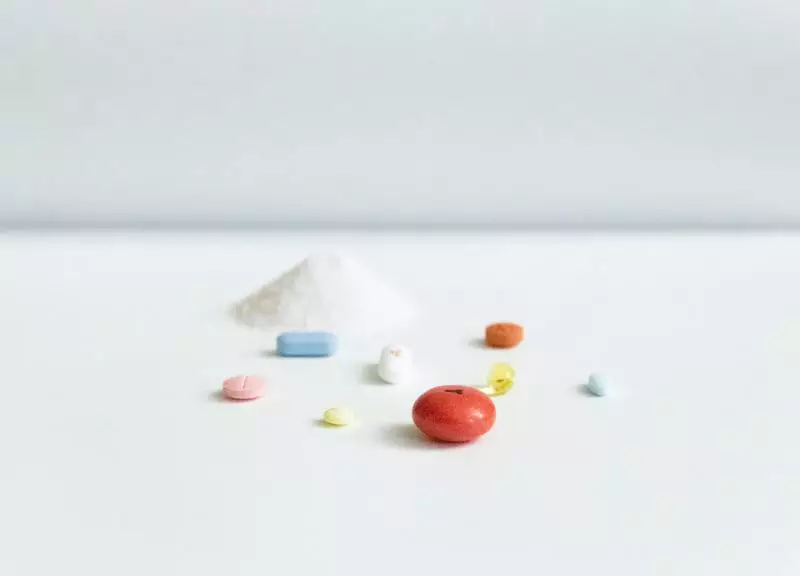The Controlled Substance Act put in place by the Drug Enforcement Administration created drug classifications. This is a way of determining which drugs carry the most risk for use and helps to clarify just how high the potential is for abuse or behavioral complications. Understanding the types of drugs and their uses may help some people make better decisions about what they should use and which drugs are unsafe.
What Are the Drug Classifications?
There are five drug classifications:
- Schedule I Drugs: These drugs are those that carry a very high risk for abuse and addiction. They are drugs that do not have any medical use for them.
- Schedule II Drugs: The next step down are those drugs that carry a significant amount of risk for drug abuse or addiction. However, there may be some uses for them. For that reason, they may be available through a prescription for those diagnosed with recognized health conditions.
- Schedule III Drugs: These drugs have a moderate or low level of potential abuse and addiction. They are less of a risk than other drugs, though. Doctors can prescribe these drugs for diagnosed medical conditions. They are not available for purchase over-the-counter.
- Schedule IV Drugs: These drugs have a low-risk level for addiction or misuse. They typically do not carry many risks of creating a high. There may be viable medical use for them, though. They are available through prescriptions.
- Schedule V Drugs: These drugs carry no known potential for abuse or addiction. They may be more readily available than other drugs as a result.
What Is the Most Dangerous Drug Class?
Schedule I drugs are the most dangerous drug class. These drugs carry the highest risk for misuse and addiction. They can cause dependence and tolerance in most cases as well. The Drug Enforcement Administration notes that these drugs currently have no accepted medical use.
It’s important to note that marijuana is considered a Schedule I drug under federal guidelines. It carries the risk of addiction and dependence, and there are no recognized medical conditions for it at the federal level. Today, many states are making marijuana more readily available for medical use and, in some cases, recreational drugs.
Other Schedule I drugs include:
- Lysergic acid diethylamide (LSD)
- Heroin
- Peyote
- Methylenedioxymethamphetamine (ecstasy)
- Methaqualone
What Occurs When Taking Drugs in a Dangerous Drug Class?
For those using a Schedule I drug, it’s critical to understand what these drugs can do. In some situations, people misuse them as a way to gain access to a high or a euphoric state. They may alter perception, such as is the case with LSD. Other drugs, like heroin, are a type of potent opioid that can cause a calming of the central nervous system.
That initial reaction to the drug is what many people using them seek out. However, there are often side effects to taking these drugs.
For example, those taking methaqualone are using a sedative. This can cause an increase in the activity of GABA, a type of neurotransmitter in the brain. It is a way to calm the effects of the central nervous system, slowing down its function. Benzodiazepines are similar to methaqualone, but benzos can also provide medical relief, such as helping to control anxiety and seizures. That’s why they are often used in prescription medication, even as methaqualone, which has no effective medical uses, is not.
The Risk of Addiction
Perhaps the most important factor to keep in mind when it comes to Schedule I drugs is that they can cause addiction and dependence. A person using these drugs on a consistent basis, for a long time, or in a binging situation is at high risk for developing dependence. When this occurs, the brain and the body become dependent on the drug. You can tell this may be happening because your body may create intense cravings and withdrawal symptoms when you stop using it.
What’s more, when this occurs, it becomes very difficult, if not impossible, for a person using the drug to stop doing so. They may constantly seek out the drug, and often higher doses of it if they become tolerant to lower doses. This can create numerous health complications. It also puts them at risk for an overdose. While chasing the high from these drugs may seem alluring, it’s a high risk for addiction and dependence that carries life-threatening complications.
Do You Know Someone That Needs Help for Addiction?
If you have a loved one struggling with addiction to any drug, now is the time to seek help. Give us a call at (866) 971-5531 or reach out to us here to get started on the path towards addiction recovery.
Jump to a Section
Call (855) 425-4846
